In the world of sustainable cooking, resourcefulness often leads to the most surprising culinary discoveries. One such revelation comes from an unlikely source – broccoli stems. Long dismissed as mere compost material or relegated to stock pots, these fibrous cores are experiencing a renaissance as the star ingredient in an unexpectedly delightful fermented pickle.
The concept of transforming broccoli stems into crisp, tangy pickles began gaining traction among zero-waste chefs and home fermenters about five years ago. What started as a clever way to reduce food waste has evolved into a legitimate preservation technique that rivals traditional cucumber pickles in both texture and flavor complexity. The stems' natural density makes them particularly suited for fermentation, allowing them to develop a satisfying crunch that holds up for months in proper storage conditions.
Preparation begins with selecting firm, unblemished broccoli stems. While smaller stems can be used whole, larger specimens benefit from being split lengthwise to create uniform spears. Many practitioners recommend peeling away the tough outer layer, though some prefer leaving it intact for added texture. The stems are then typically cut into matchsticks, coins, or spears depending on intended use – thinner cuts work beautifully for sandwich toppings while thicker pieces make impressive crudité options.
What sets broccoli stem pickles apart is their unique flavor profile development during fermentation. Unlike vinegar-based quick pickles, these undergo lactic acid fermentation where natural bacteria convert sugars into complex, tangy compounds. The process typically takes between three days to two weeks depending on ambient temperature and desired sourness. During this time, the stems transform from mildly bitter and fibrous to brightly acidic with subtle umami undertones reminiscent of kimchi.
The brine formula proves surprisingly adaptable. A basic ratio of 2-3% salt by water weight serves as the foundation, but creative variations abound. Some recipes incorporate garlic and dill for a classic pickle flavor, while others venture into Asian-inspired territory with ginger, chili flakes, and sesame. Particularly innovative versions include turmeric for color or juniper berries for a gin-like botanical note. The stems' neutral character makes them excellent carriers for whatever flavor profile the cook desires to impart.
Texture management represents the true art of broccoli stem fermentation. Unlike cucumbers which can turn unpleasantly soft, the stems' cellular structure actually improves with proper fermentation. The key lies in maintaining consistent cool temperatures (60-68°F being ideal) and ensuring complete submersion in brine. Many veteran fermenters add oak, grape, or horseradish leaves to the jar – their natural tannins help preserve crunchiness by strengthening pectin bonds in the vegetable tissue.
Nutritionally, these fermented stems offer benefits beyond their fresh counterparts. The fermentation process increases bioavailability of nutrients like vitamin C and creates gut-friendly probiotics. Their high fiber content combined with the satisfying crunch makes them particularly valuable for those seeking low-calorie, high-nutrient snack options. Some nutritionists have begun recommending them as a healthier alternative to commercial pickles which often contain added sugars and preservatives.
Culinary applications extend far beyond simple snacking. Chopped fermented stems add bright acidity to grain bowls and salads. Thinly sliced coins make exceptional garnishes for fish tacos or banh mi sandwiches. Pureed with some of their brine and olive oil, they transform into a vibrant sauce for grilled meats. Creative bartenders have even used the brine in bloody mary variations or as a novel substitute for vinegar in shrub syrups.
Storage presents minimal challenges – properly fermented stems keep refrigerated for several months with flavor continuing to develop over time. For those without refrigerator space, the pickles can be processed in a hot water bath for shelf-stable storage, though this sacrifices some probiotic benefits and may slightly soften the texture. Many practitioners prefer making small batches every few weeks to maintain optimal quality.
As awareness grows about food waste reduction, broccoli stem pickles have emerged as a shining example of how culinary creativity can transform discards into delicacies. Farmers' markets in progressive food cities now regularly feature jars of these golden-hued pickles selling at premium prices. Cooking schools have begun incorporating stem fermentation into their preservation curricula, recognizing it as both an accessible entry point to fermentation and an important technique for sustainable kitchens.
The movement shows no signs of slowing as more cooks discover the satisfaction of turning what was once trash into a treasure. Beyond the environmental benefits and nutritional advantages, these crisp, complex pickles simply taste extraordinary – a testament to how paying attention to overlooked ingredients can yield remarkable results. In an era of heightened culinary consciousness, the humble broccoli stem has finally claimed its rightful place in the fermentation pantheon.
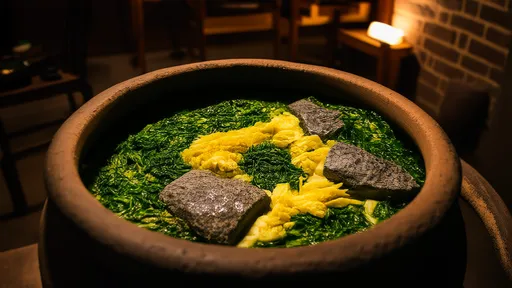
By /Jul 31, 2025

By /Jul 31, 2025
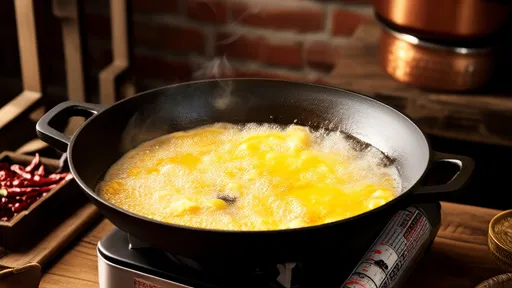
By /Jul 31, 2025

By /Jul 31, 2025
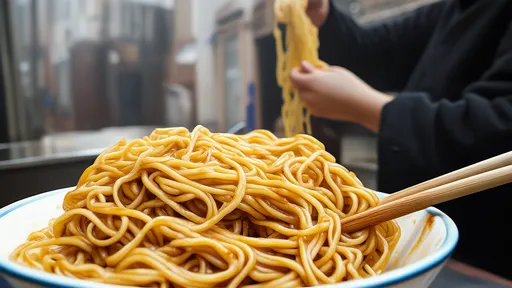
By /Jul 31, 2025
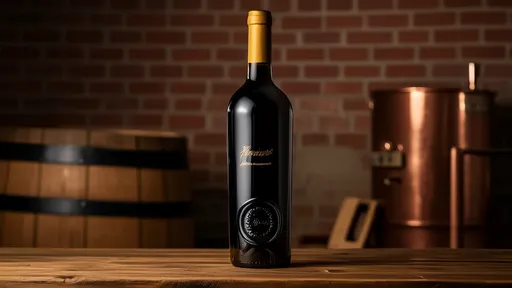
By /Jul 31, 2025
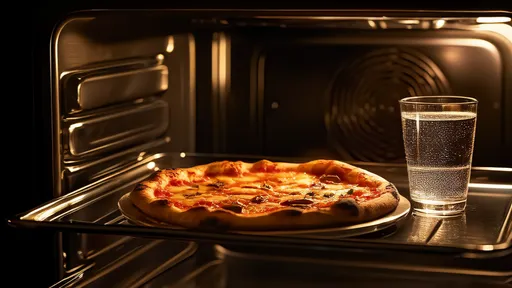
By /Jul 31, 2025
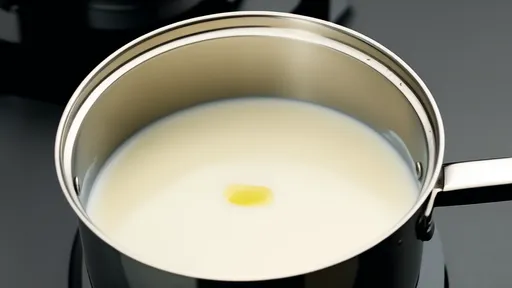
By /Jul 31, 2025
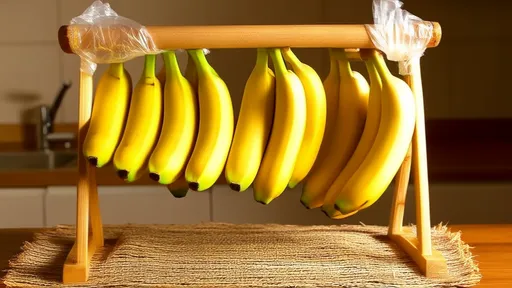
By /Jul 31, 2025

By /Jul 31, 2025
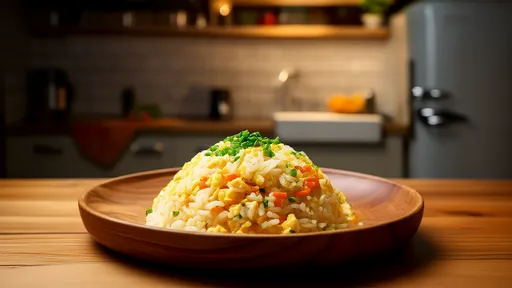
By /Jul 31, 2025
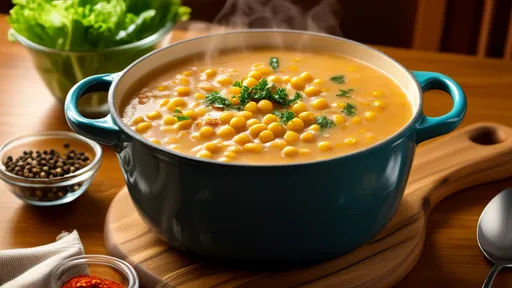
By /Jul 31, 2025
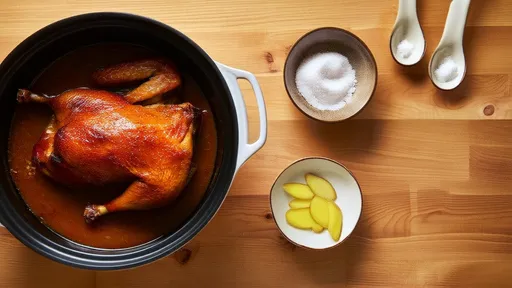
By /Jul 31, 2025
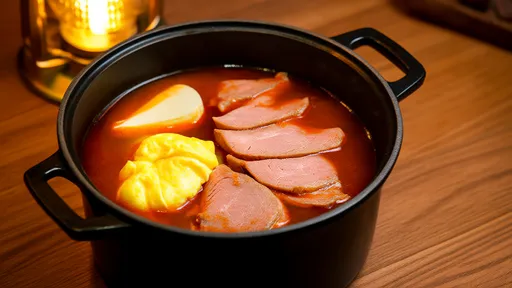
By /Jul 31, 2025
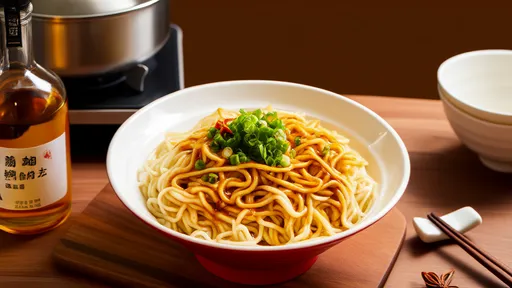
By /Jul 31, 2025
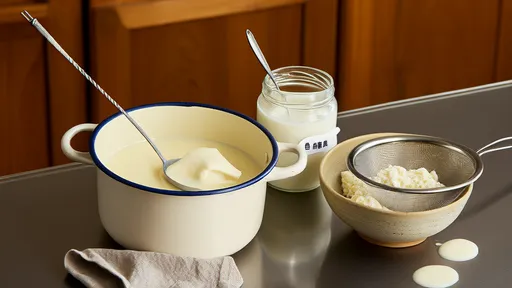
By /Jul 31, 2025
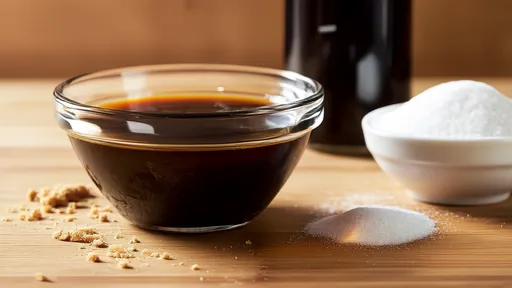
By /Jul 31, 2025
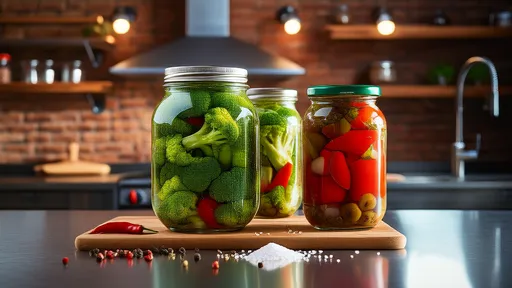
By /Jul 31, 2025

By /Jul 31, 2025

By /Jul 31, 2025